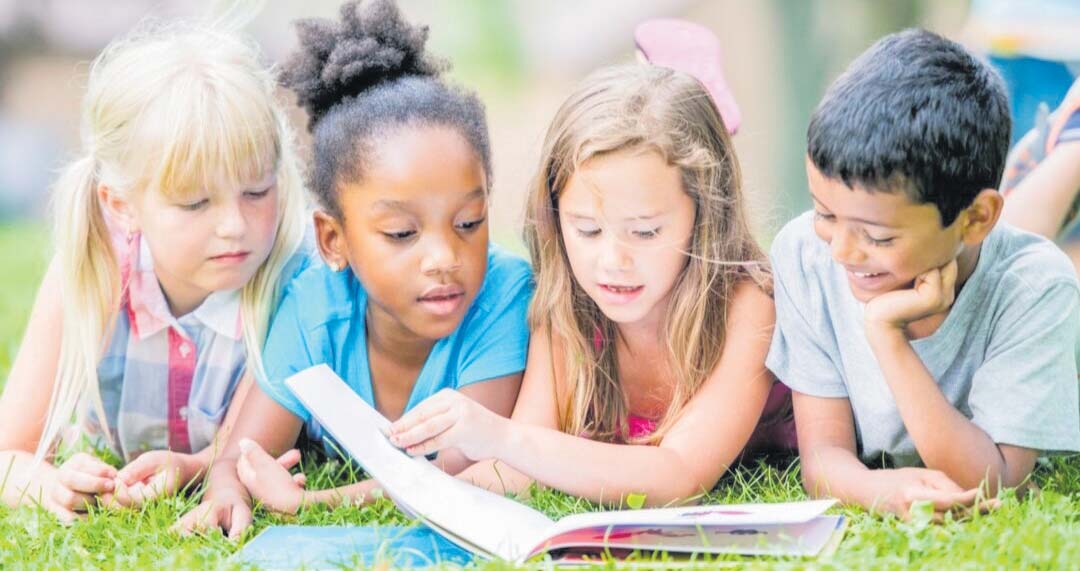
In 1936 a teacher by the name of Dr Edward Dolch came up with the idea of helping his remedial English students to read. He went through all sorts of material from newspapers to children’s literature to find the words which appeared most frequently. Then he removed many nouns as these can be time-bound and lose their relevance in today’s world.
Imagine if a child had to learn “gramophone” in this present day or the word “device” in the 1930s. So he stuck with words that were mostly articles such as “the”, pronouns like “he/she” or “it” and prepositions such as “on” and “in”. Dolch had refined his list to 220 sight words but suggest one focuses on the first 100 sight words from the list first.
Here are the words: The first 100 words are what are commonly used to begin with to kick start reading. The next important thing to know about sight words is to appreciate that even just the words from the first hundred list above comprise 65 to more than 70 per cent of words on any given page of writing be it a newspaper article, an academic journal, a website or a child’s story book. The author tested this out using the famous Dr Seuss “Cat in the Hat” book.
Some pages reached 72 per cent of sight words per page. While the practice of teaching word pronunciation using phonetics: joining-up sounds of letters such as “d-o-g” = dog works well for some words, other words such as “one” or “the” cannot be decoded using this approach. That’s where sight words have the edge.
Children learn visually from sight. Words do not require being spelt-out or needing an associated picture with them. If you show young children a card with a sight word on it and ask them to look at it then repeat it after you have said it, they can remember it after a short time.
They can remember the form of that word in their mind’s eye just as they recognise the golden arches of a famous fast-food chain or a car logo. Of course it helps if you can repeat this mode of learning once a day for a few days over a week. There is a good chance then that by the end of the week, the child would have mastered them and they can move-on to learn more.
Before long, they would be familiar with 100 words. You will come to realise that many of the early sight words the child is familiar with appear in the story books you are reading to them. The best story books to read to children have the following qualities: l colourful pictures which are consistent with the story l a good story line/plot l large print l clear, simple font l rhyming How you fuse sight words with reading Simple.
Tell your child that as you read the story, you will stop before coming to a sight word (such as “a” or “and”) and see if they can read the word. If they think they can help with reading, even if it’s only one word, this is empowering and they will be looking for other words. If you reward them by thanking them for helping you with reading then they really feel they are reading.
It becomes a self-perpetuating process. A bonus Besides using sight words to assist children become readers, there are other words also that help like sight words as they, too are “high frequency” words. These are words which are in the title of the story and are further repeated often in the story such as “Pig” in the children’s book “Pig the Pug”.
Rhyming verse is very helpful to young children learning to read. The rhyming sounds reinforce the endings of words with similar-sounding endings. Finding patterns helps to make sense of words.
What you don’t have to do l Spend a lot of money on resources with this approach to teach reading l Spell out sight words l Have pictures with each sight word (How can you have a picture with “an” or “of”, anyway?) l As a parent/guardian, you don’t have to be a literacy expert. As long as you have a basic reading level and an understanding of the effectiveness of using sight words to advance literacy, you’ll be fine to support your child with learning sight words and with reading. At what age for sight words? The author recognised how one of the twins in her family aged three could recognise the first letter of his name everywhere be it on billboards, T-shirts and so on.
If a child is able to recognise this then they are ready to do the same with one-, two-, three- or four-letter words. The author introduced him along with his twin brother to sight words as well as a few names of family members and made cards to write the words in large font on the cards with a felt marker pen. Referring to our sessions as “big boy classes”, they both took it very seriously.
One twin liked to take over at the end so the student became the teacher. This was a very empowering experience for both boys. The powerful magic of sight words had taken hold.
This was an extract from Julie Sutherland’s book Sight Words: Fast track reading for pre-schoolers. A guide for parents and early childhood educators. 2023.
Fiji. A Sight Word Publication..










